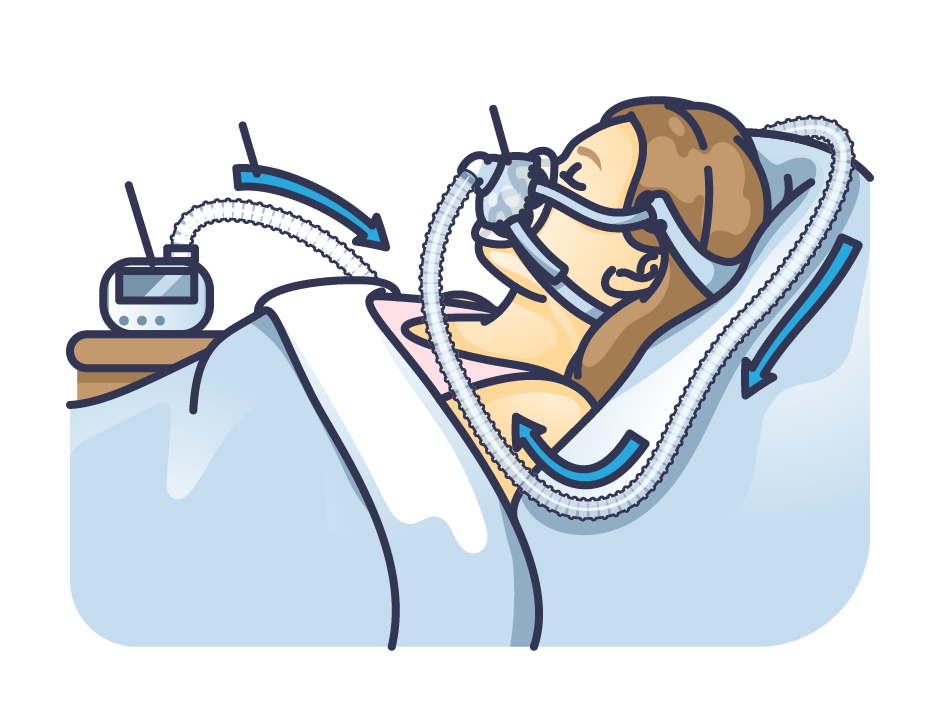Ambulatory blood pressure--how many measures are needed?
- Shaun McGillis
- Aug 28, 2024
- 2 min read

Hypertension, also known as high blood pressure (BP), occurs when the force of blood pumping through blood vessels remains high over long periods. As many as half of U.S. adults are thought to be impacted by hypertension. If untreated, high blood pressure can result in heart attack, stroke, and other health risks.
The only way to know if you have hypertension is to have your blood pressure checked. For that reason, hypertension societies worldwide agree that ambulatory blood pressure monitoring (ABPM), which includes daytime and nighttime measurements is the most accurate screening method for diagnosing and treating hypertension, perhaps because nighttime BP is a better predictor of health risks.
Under current recommendations, for research purposes, a valid ABPM requires patients to have at least 80% successful readings across 24 hours; the European Society of Hypertension recommends a minimal number of measurements—20 for the daytime and seven for the nighttime.
The devices patients wear to capture this data can be cumbersome and bulky and can cause discomfort and low participant adherence, especially at night. Researchers Wen-Yi Yang and colleagues have suggested that the minimum number of ABPM readings required for acceptable data may be reduced to eight measurements during the day and four at night, potentially improving patient comfort and adherence.
At the Oregon Institute of Occupational Health Sciences, researchers Leandro Brito, Sean Rice, Saurabh Thosar and colleagues drew on data and experience from previous studies of middle-aged adults to test Yan et al.’s results. The researchers reported their findings in a recent issue of the journal Heart and Circulatory Physiology.
Whereas Yang’s team found that eight measurements were necessary to calculate average daytime blood pressure, the OccHealthSci team found that at least 11 measurements were required to calculate the average daytime BP with 95% accuracy. Furthermore, they found that eight rather than four measurements were needed to accurately measure nighttime blood pressure with 95% accuracy.
In addition to identifying the minimum number of blood pressure measurements required to average daytime and nighttime blood pressure, the researchers were interested in determining if there was a minimum number of measurements needed to calculate the average an individual’s blood pressure drops at night. This drop, or dipping, is associated with health benefits.
Current recommendations suggest that 20 daytime and seven nighttime blood pressure measurements are needed to calculate the dipping status. Still, according to Thosar and the research team, those recommendations inaccurately classified the dipping status 10.5% of the time. Meaning, as Thosar notes, it is time for those guidelines to be updated.
“This study aimed to help the clinical and research communities by giving them the information needed to decide how many measurements are needed to calculate averages with varying degrees of accuracy,” Dr. Thosar said. “In the long run, this information could also help patients or study participants stick with the data gathering requirements by lightening the load on them.”




Comments